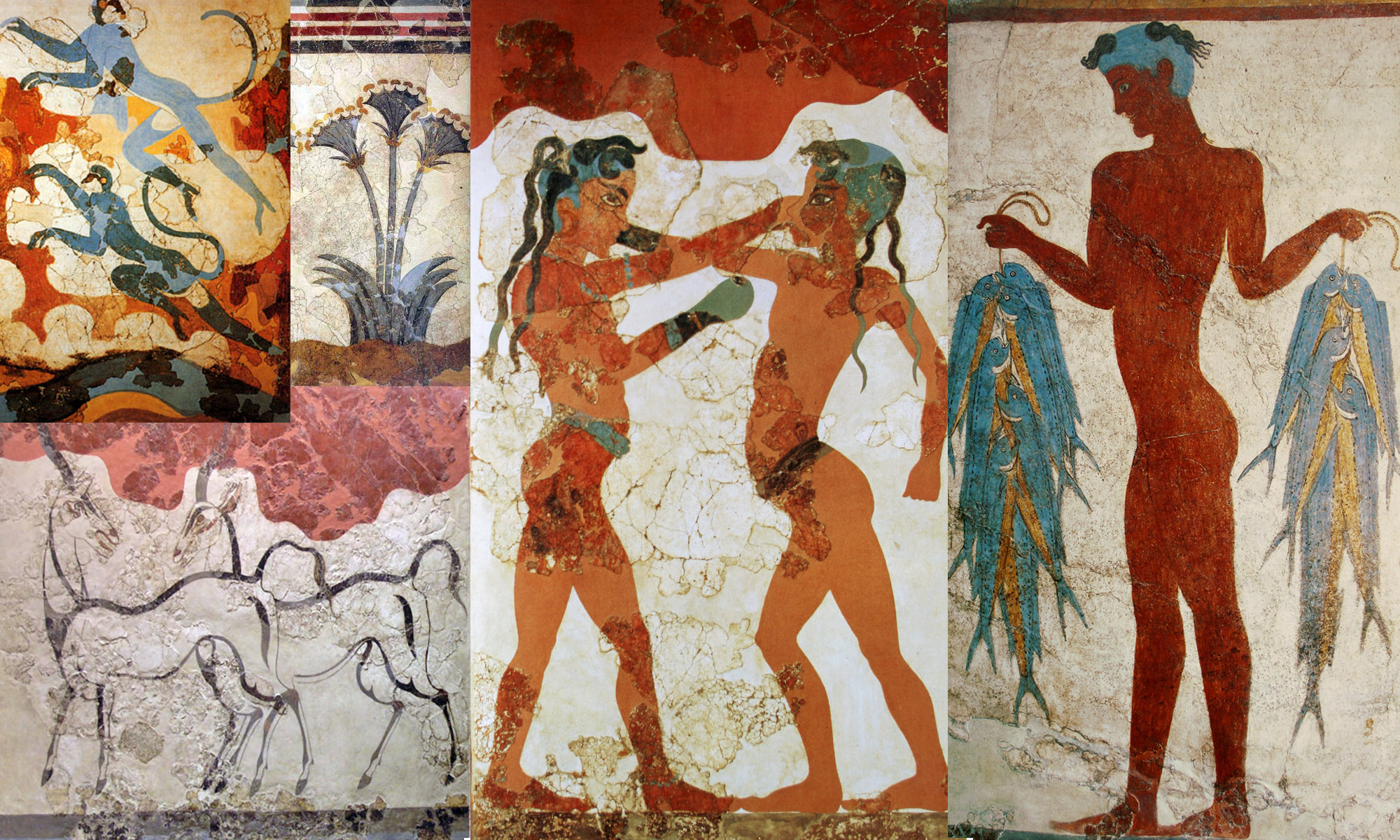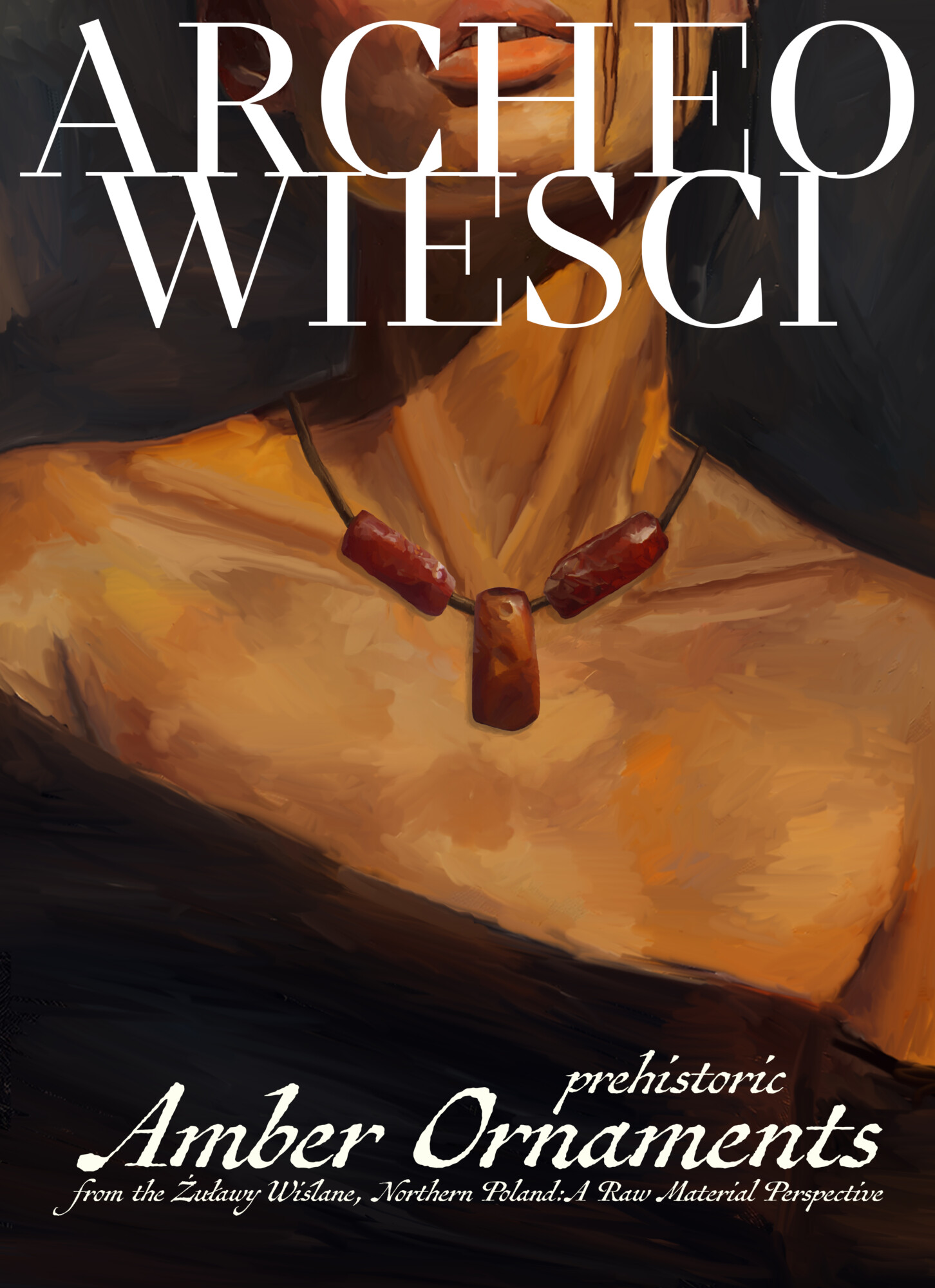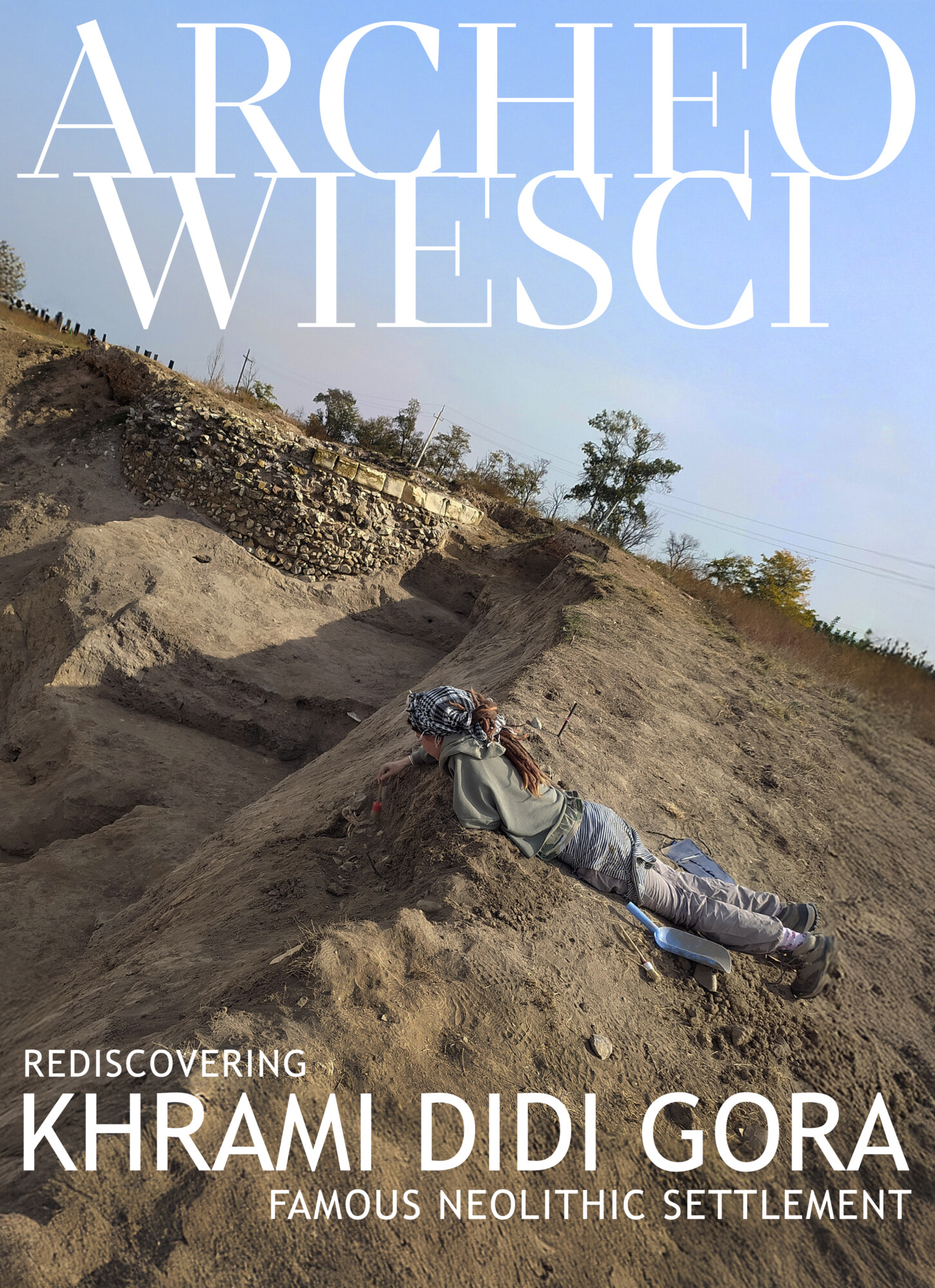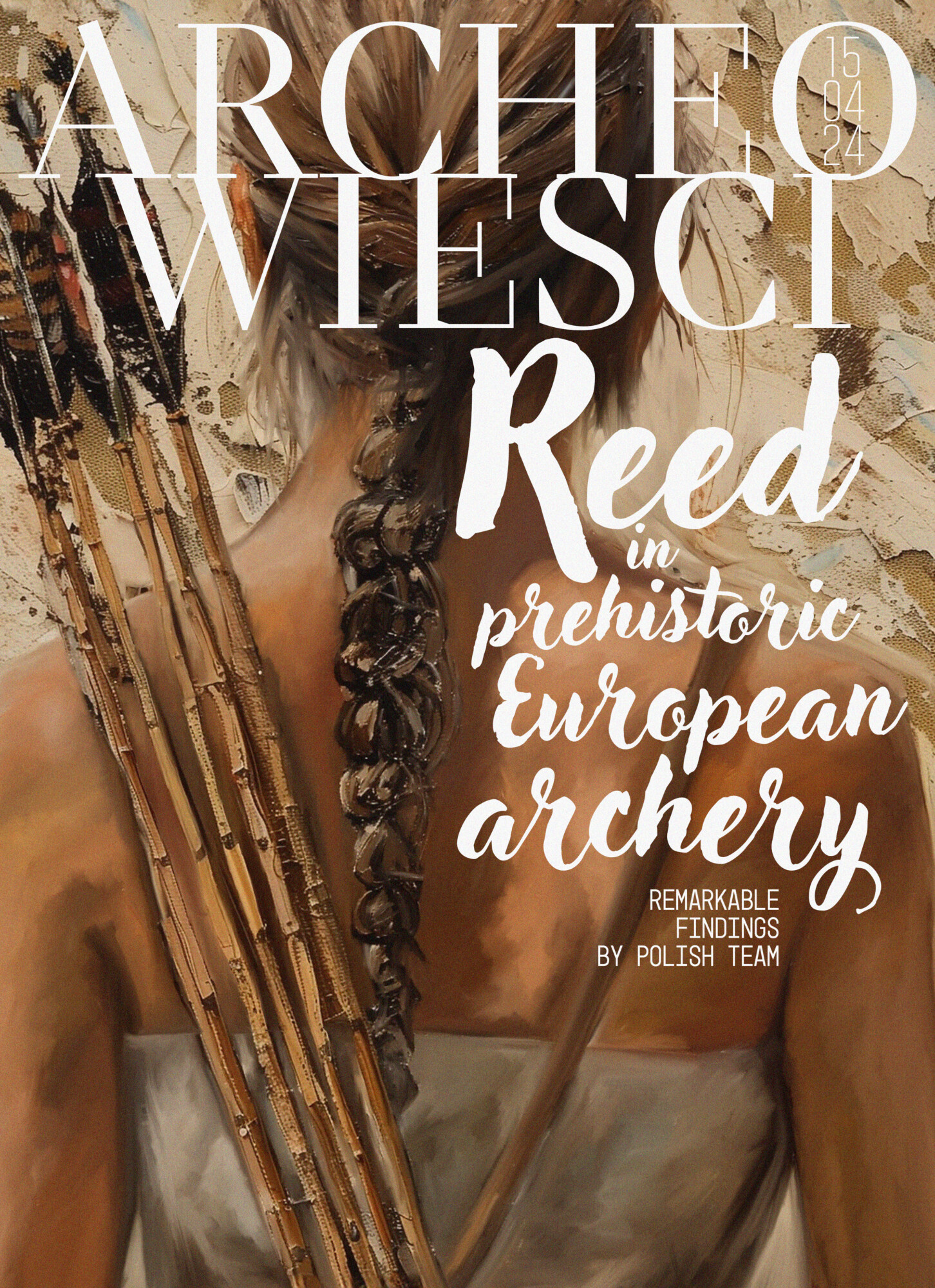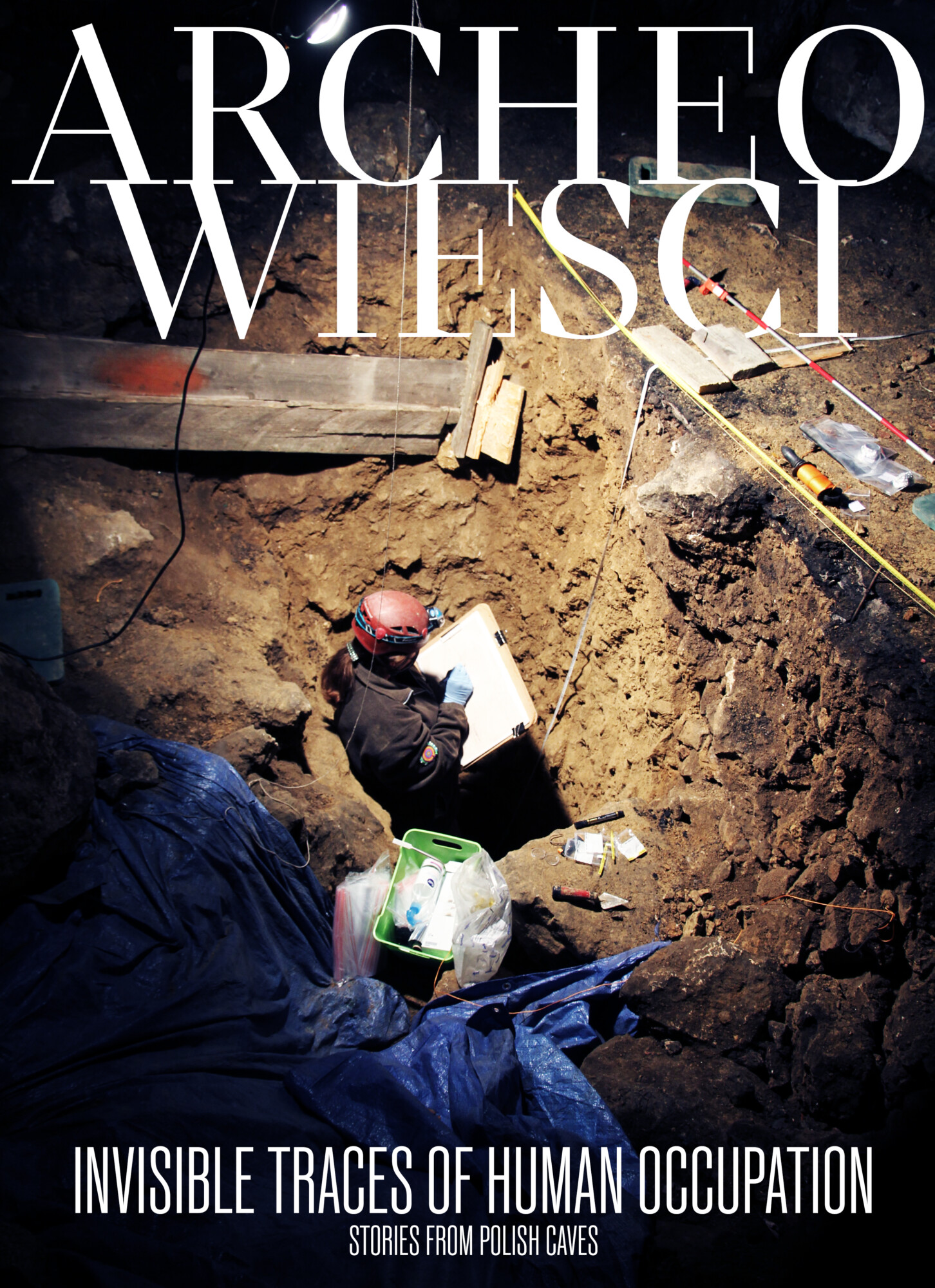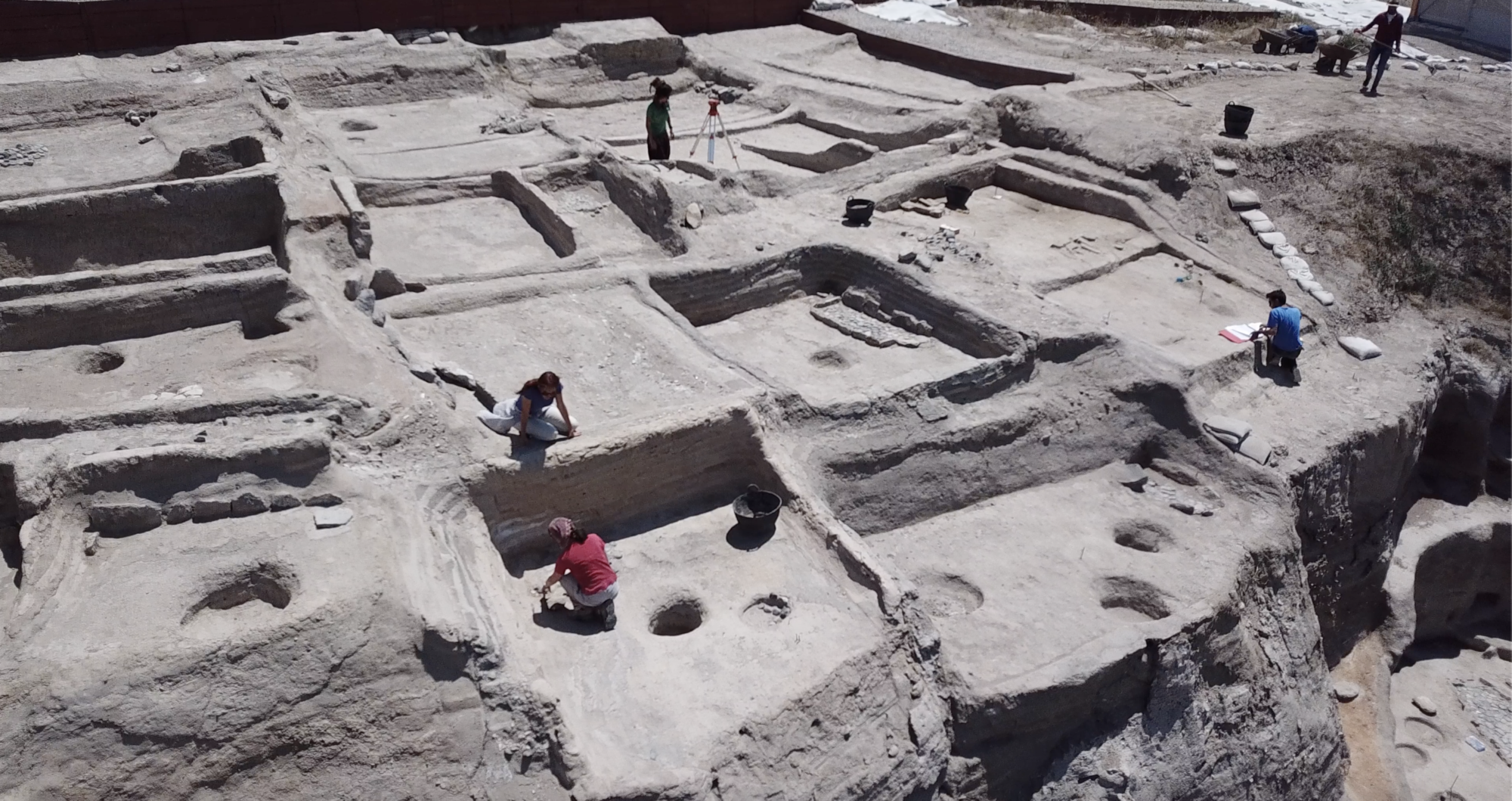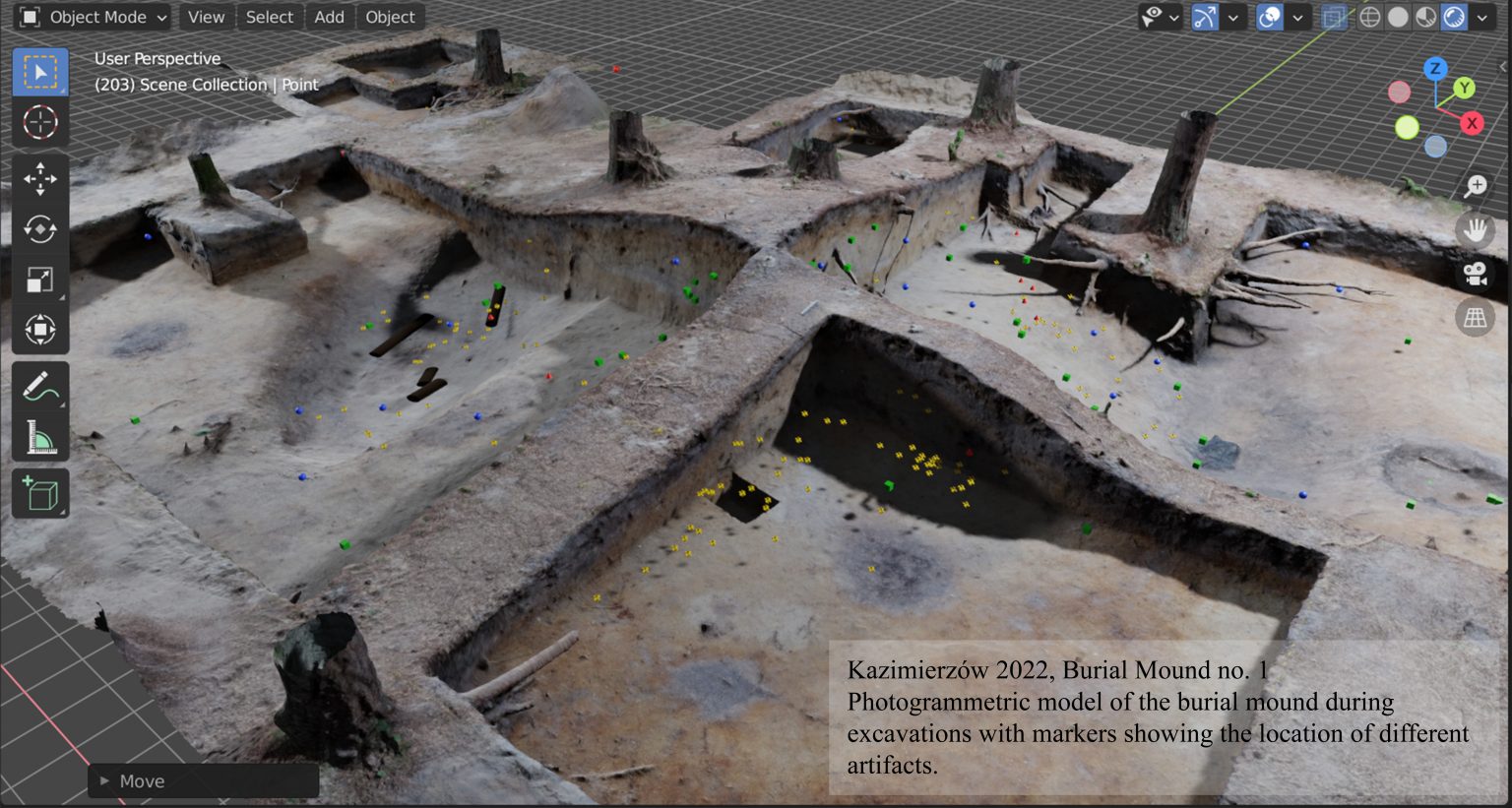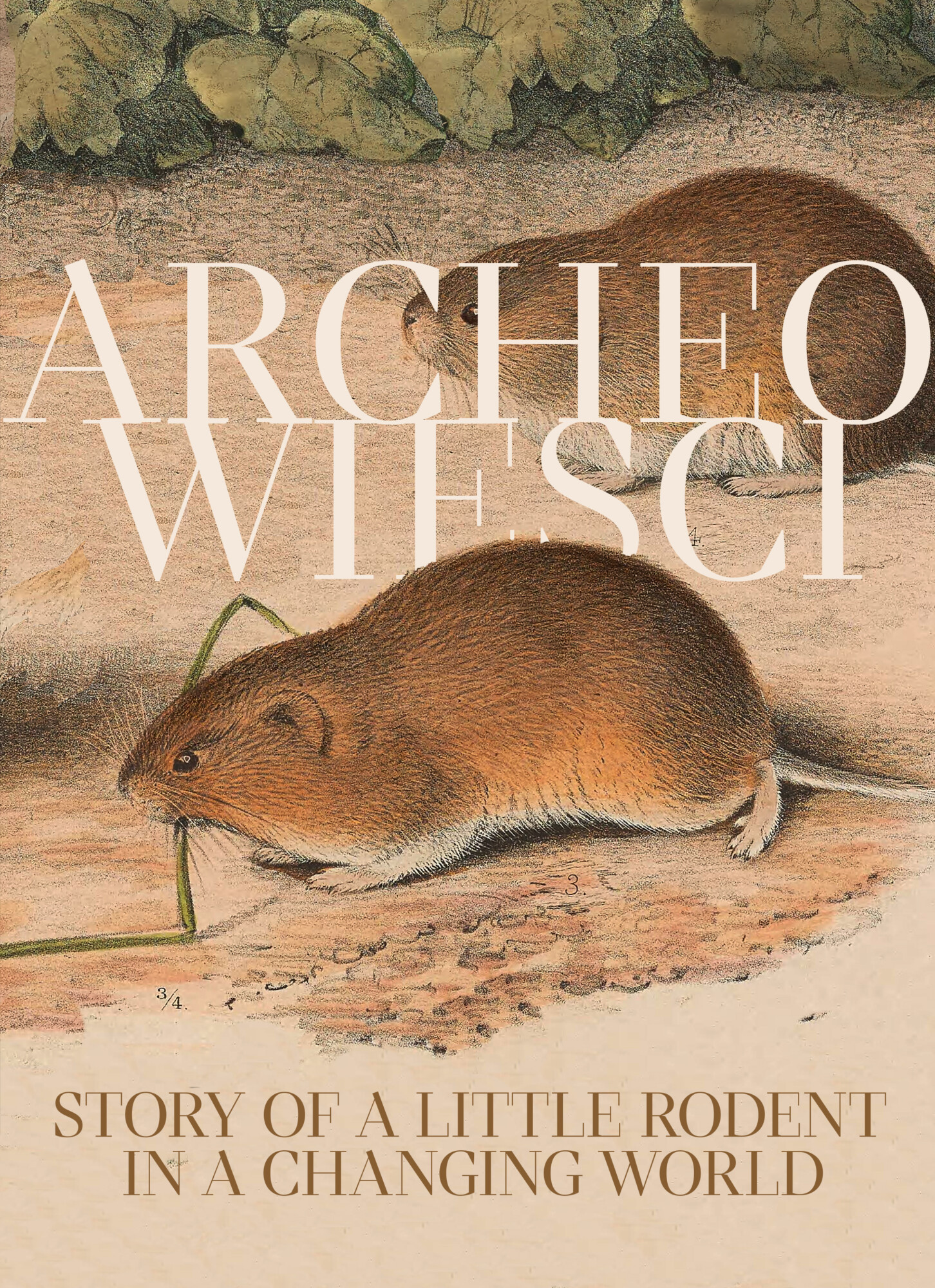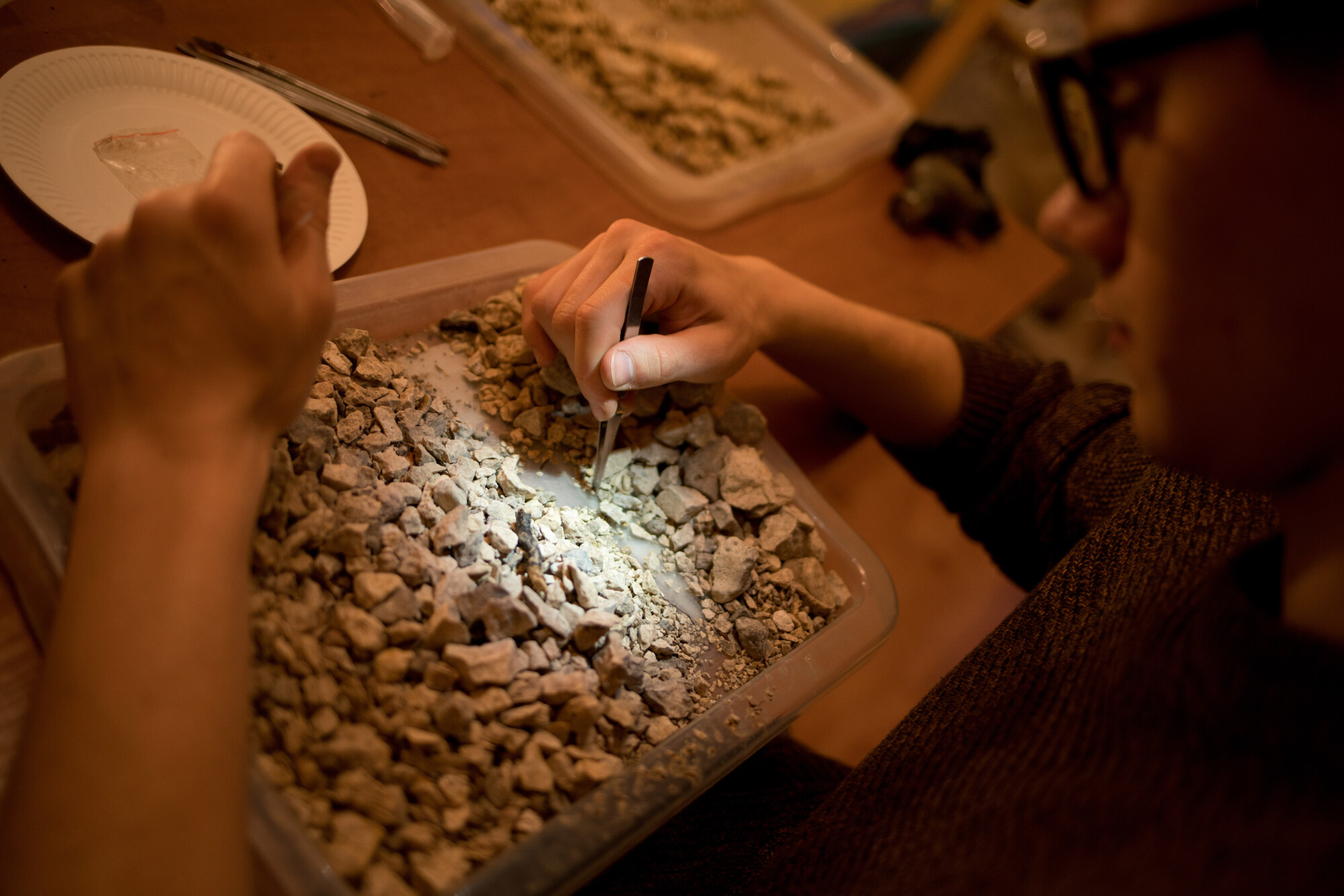Jewelry made from both organic and inorganic materials is one of the earliest and most popular material evidence of human activity and cultural development discovered at archaeological sites around the world. When we hear the word jewelry, we think of items made from precious metals, gemstones, or shells. But it turns out that past humans made decorations using a surprisingly wide range of materials. During research on burials from the extensive Lusatian culture necropolis in Domasław in Lower Silesia, Polish scientists found evidence of the deliberate deposition of chitinous beetle shells strung on a blade of grass in a grave. This unique discovery sheds new light on the culture of the communities inhabiting Lower Silesia in the early Iron Age.
Continue reading “Beetle for adorment. A unique find from the cremation cemetery in Domasław.”
